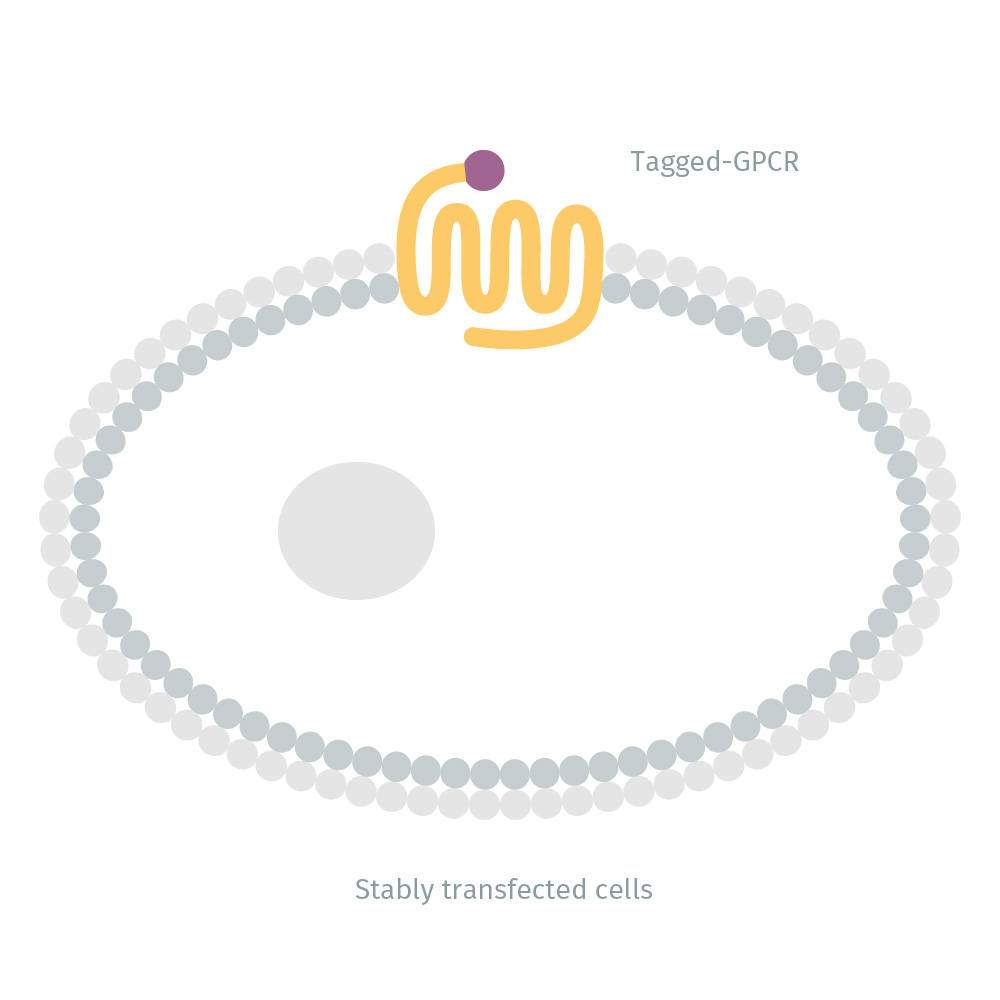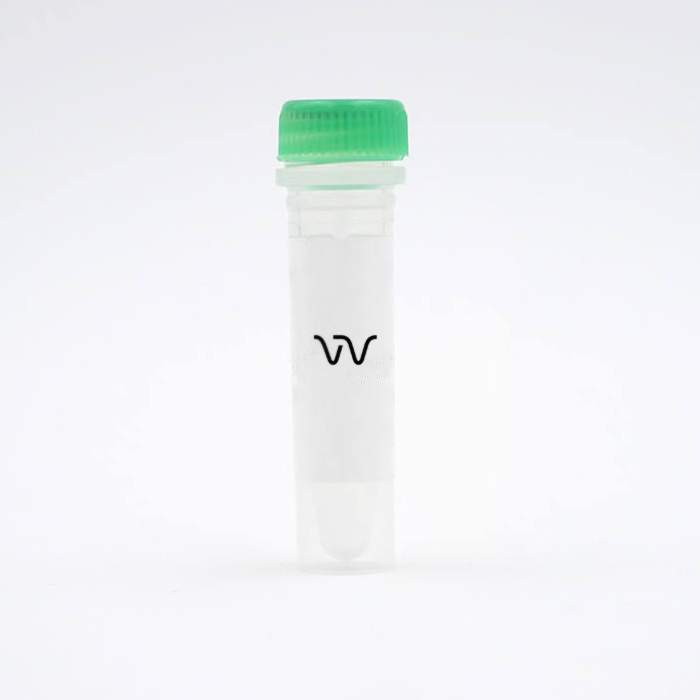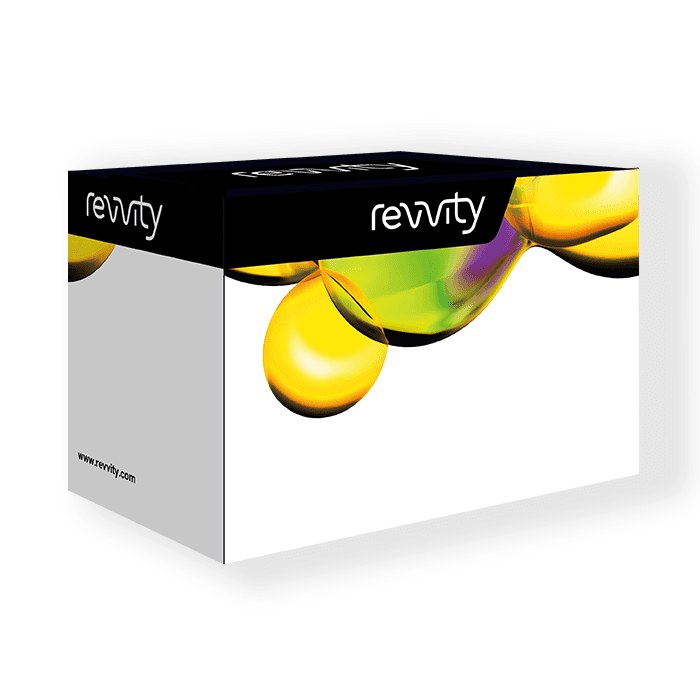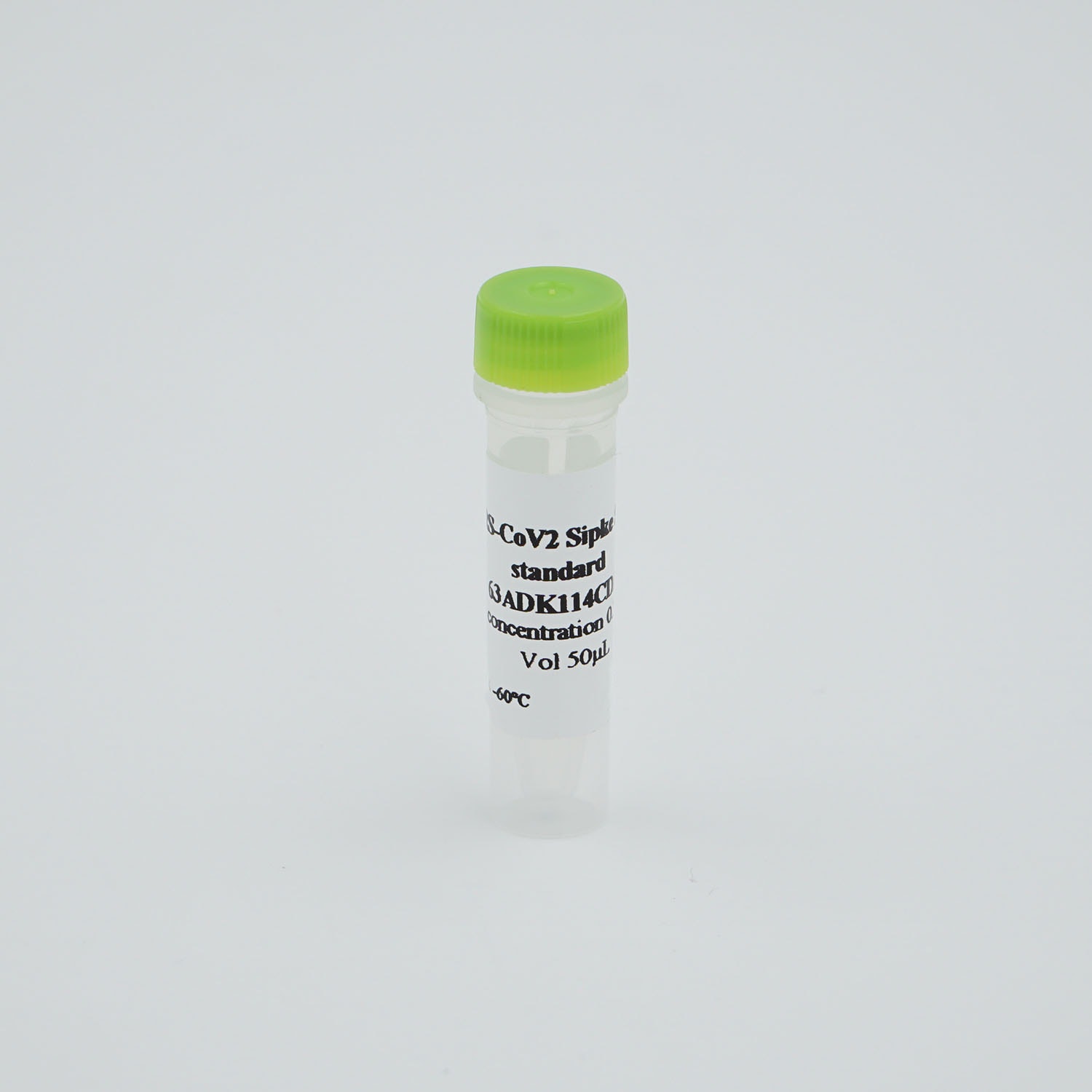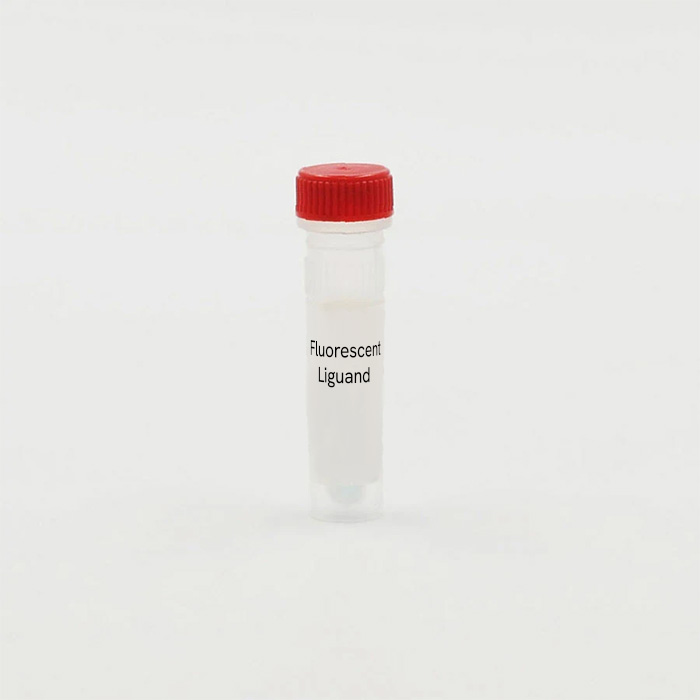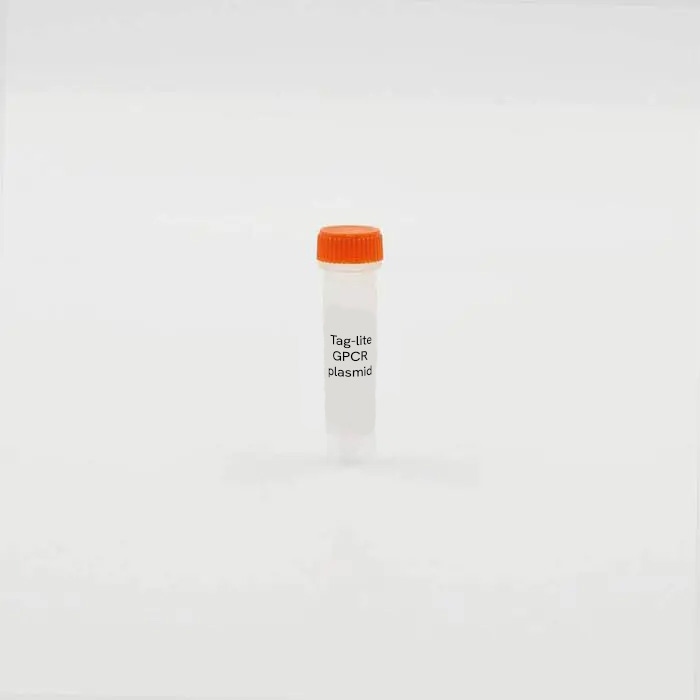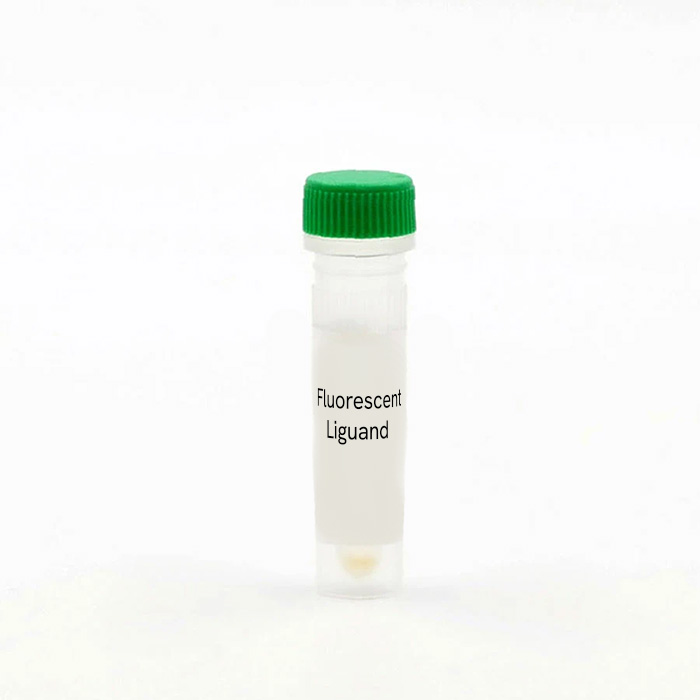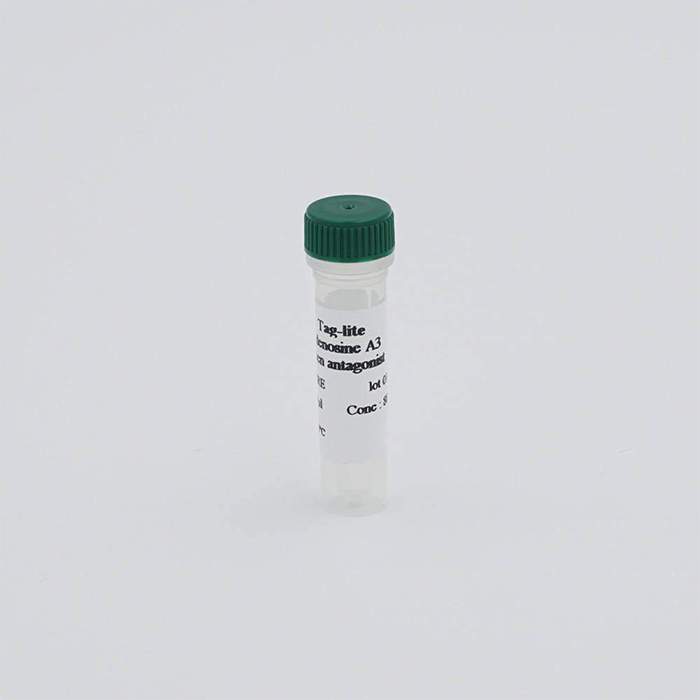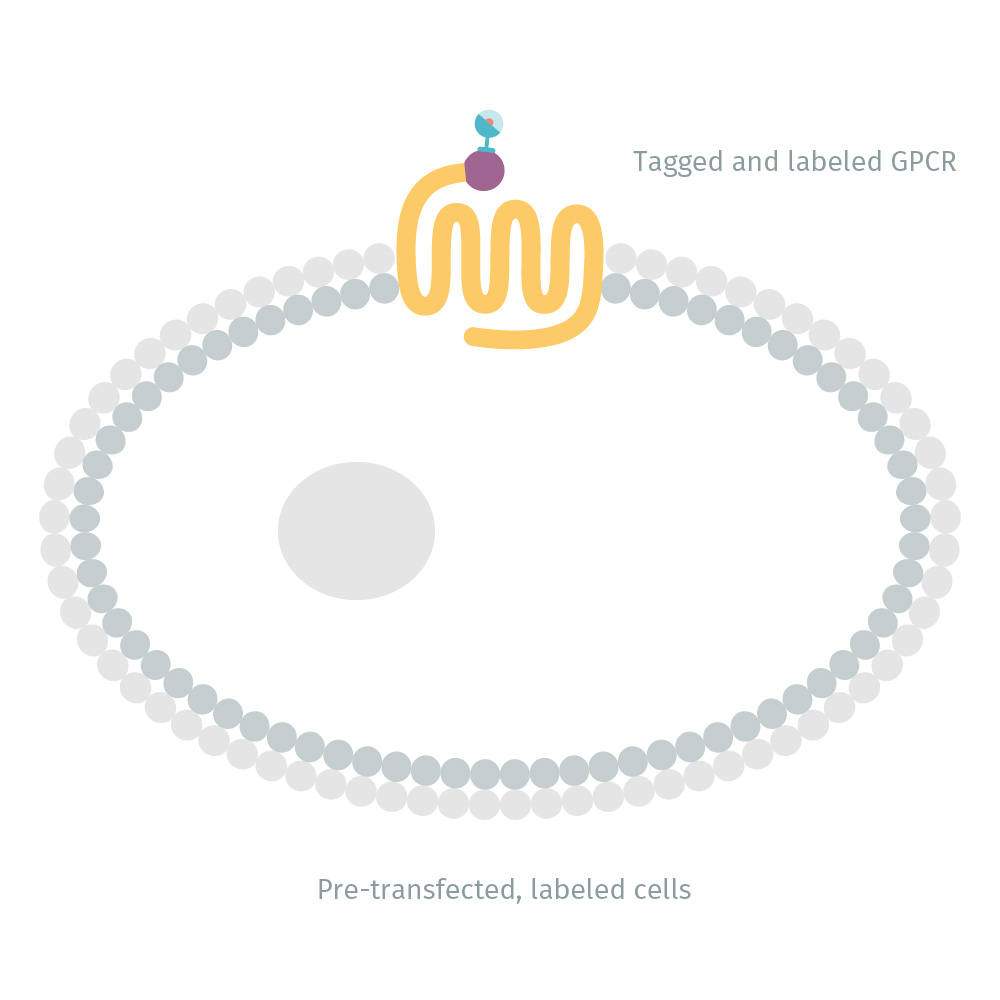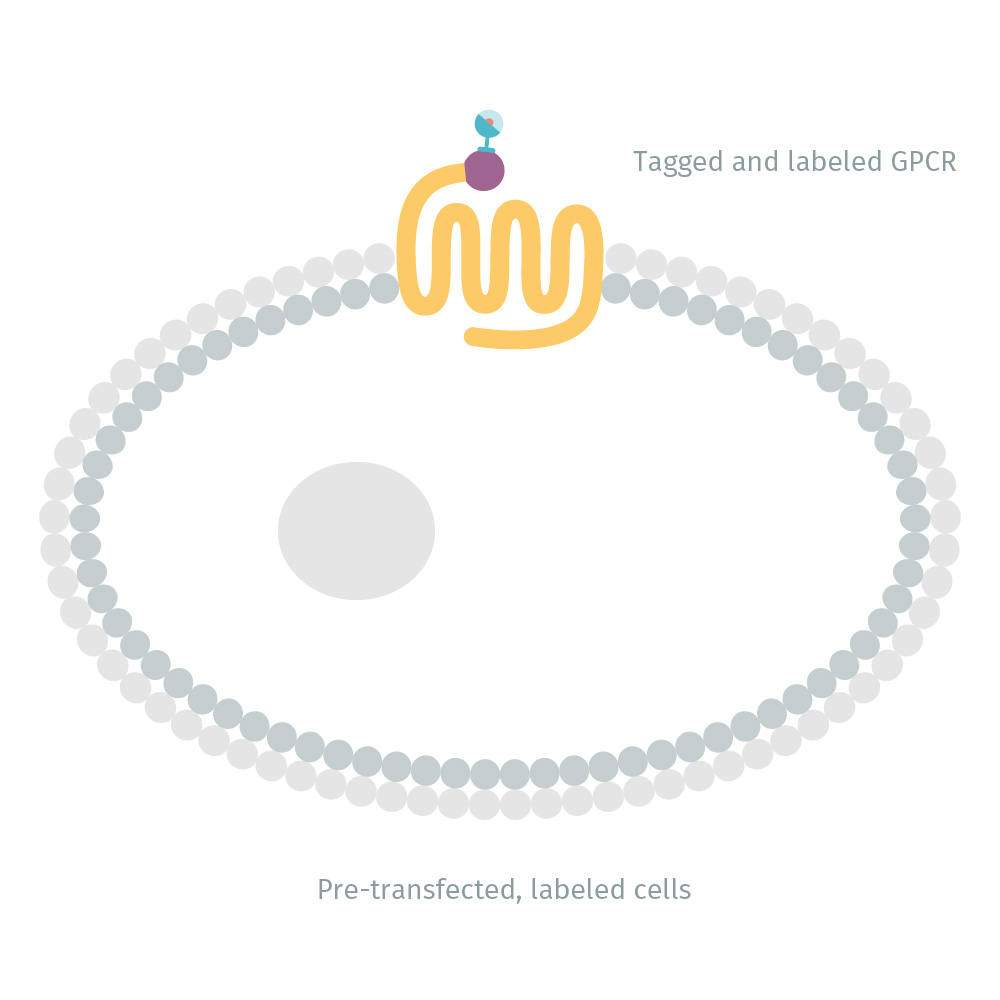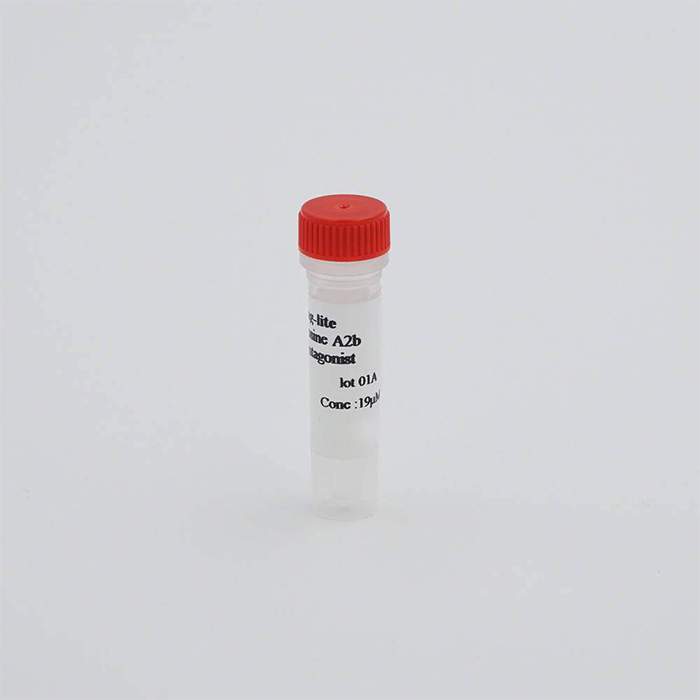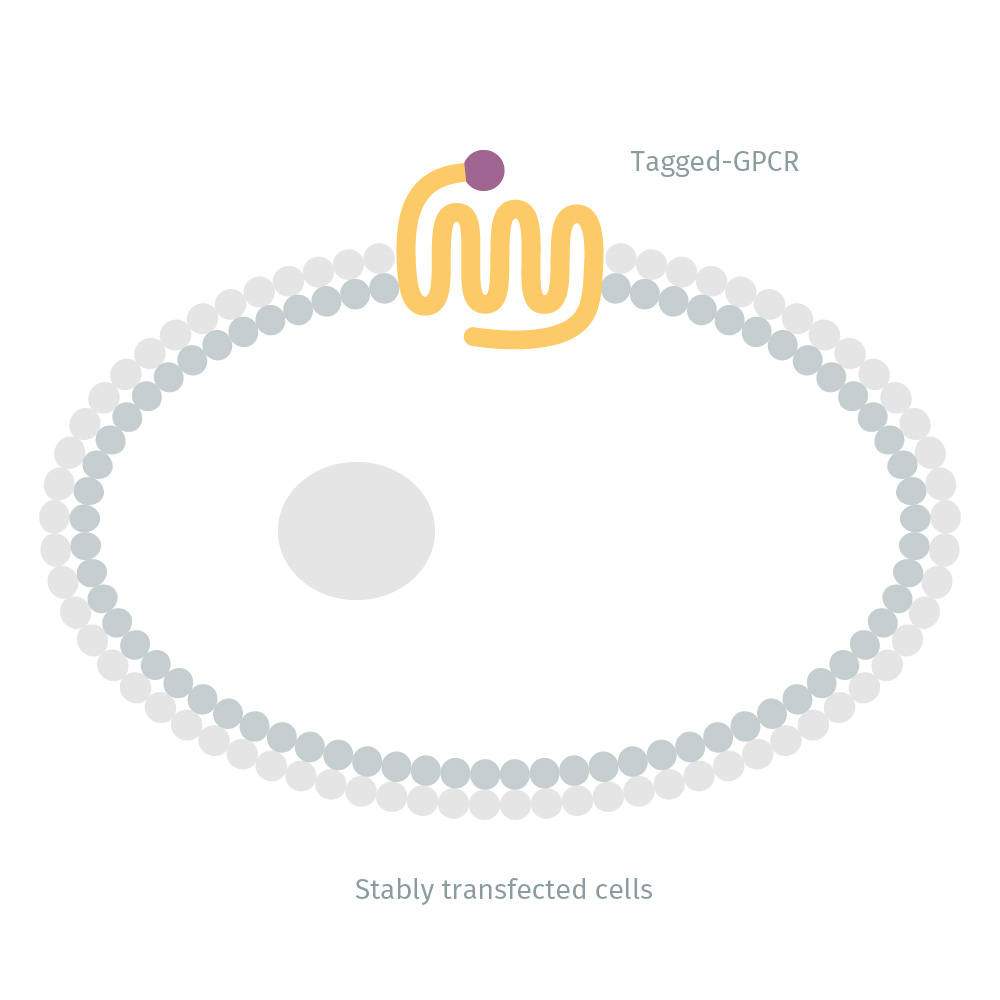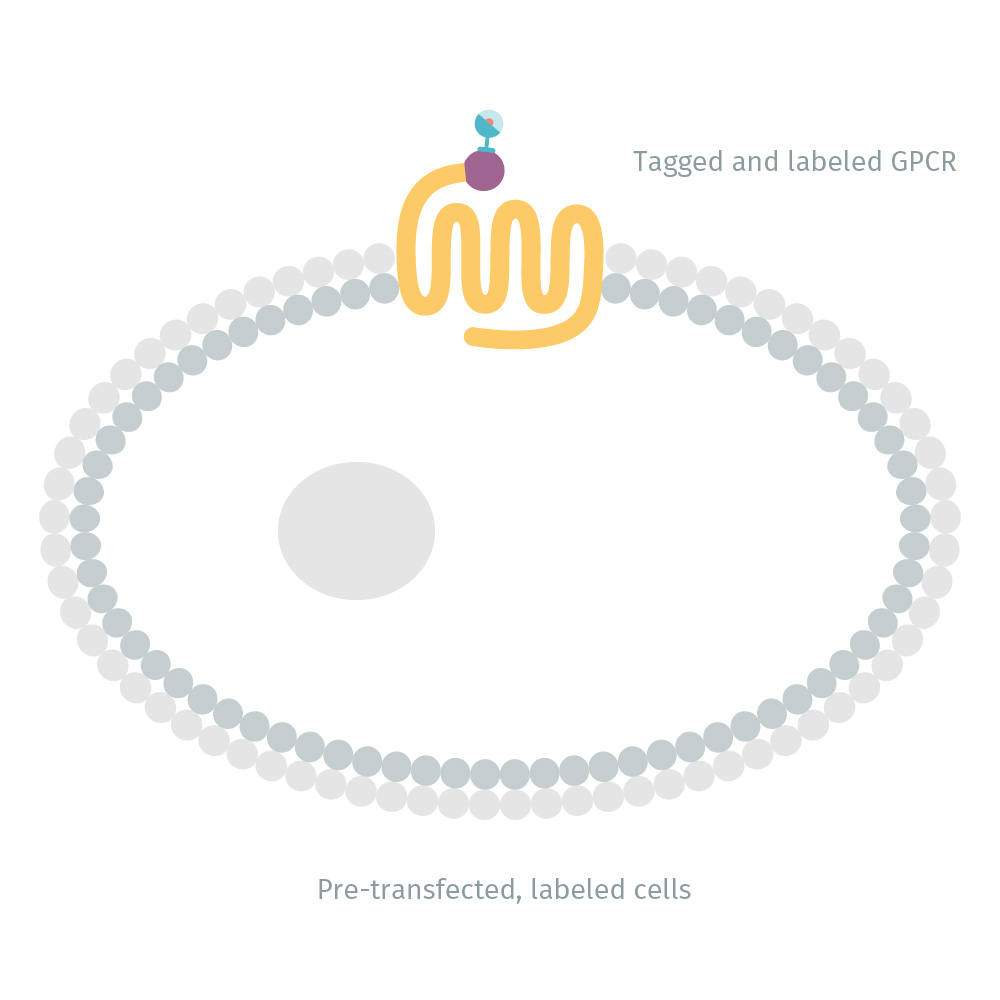18 verified receptors, and counting
Revvity scientists have verified 18 Tag-lite binding assays as of this writing. If the receptor you wish to study is not listed, remember that Revvity’s team of experienced experts work with clients to create custom binding solutions. All ligand binding assays listed here include labeled cells and their matching fluorescent ligands.
Kinetic binding and residence time
Growing evidence suggests that ligand–receptor binding kinetics is an overlooked factor in drug discovery. Revvity has developed Tag-lite™ kits and services to address the kinetic binding needs of GPCR researchers around the world.
Binding kinetics relates to the rate of association and dissociation of a drug-protein complex. Binding kinetics is thought to be a critical parameter for optimizing the in vivo efficacy of drug candidates. As such, kinetics is receiving increasing attention in drug discovery efforts. Tag-lite combines the flexibility of a radioligand binding with the advantages of homogeneous nonradioactive technologies such as SPR. The homogeneous character of Tag-lite enables binding events to be monitored continually without ever having to stop the reaction.
Motulsky and Mahan described equations that could be used for studying the kinetics of competitive binding. Fitting of data using Tag-lite to these equations allows the determination of the association and dissociation rate constants of the unlabeled competing ligand.
Using Tag-lite and a Motulsky & Mahan equations, the Kon and Koff of 2 muscarinic M1 receptor bindiners were calculated (Atropine and Pirenzepine):


Binding assay: do it yourself
Tag-lite offers freedom and flexibility to build up your assays from target construction to assay development.
A plasmid construction is engineered with Tag-lite plasmids and the gene encoding your protein of interest. Once transfected into cells, these plasmids lead to the expression of a protein fused with the tag. The tagged protein covalently and specifically interacts with Tag-lite substrates.
Build your target with Tag-lite plasmids
Revvity has optimized a plasmid encoding SNAP bordered by restriction sites, for cloning a gene of interest. By using this plasmid, a construction can be engineered. This construction encodes for the protein of interest and SNAP-Tag in the N or C terminal position.
Label your tagged target with Tag-lite substrates
A selection of substrates labeled with HTRF fluorophores is also proposed for SNAP-tag.
1.Plasmid selection
Choose an empty plasmid among the 3 different selection markers: Hygromycin, Neomycin, Zeocin.

2.GPCR cloning
Using standard cloning techniques, insert the GPCR gene of interest into the empty plasmid.

3.Cell transfection
Using standard transfection techniques, transiently express the TAG-GPCR of interest in your cell line.

4.Cell labeling
Use one of the appropriate TAG substrates to specifically and covalently label the TAG-GPCR with a cryptate donor.

5.Binding assays
Perform the binding assay you designed and built!



Filters
1 - 25 of 312 Products and services
This cell line stably expresses the Glucagon GLP1 receptor fused to a SNAP-Tag, and can be used in a Tag-lite application.
The Tag-lite HTR4 Serotonin receptor plasmid is used to transiently or stably transfect cells in order to develop an A1 Adenosine receptor binding assay.
The Tag-lite AT2 Angiotensin receptor plasmid is used to transiently or stably transfect cells in order to develop an A1 Adenosine receptor binding assay.
The Progranulin HTRF kit is designed for the accurate quantitative measurement of Progranulin produced by cells.
This HTRF kit is designed to detect SARS-CoV-2 Spike S1 proteins in cell lysates or cell supernatant, as a marker of viral infection.
This HTRF kit is designed to detect SARS-CoV-2 nucleocapsid proteins in cell lysates or cell supernatant, as a marker of viral infection.
This standard is a component of the SARS-CoV-2 Spike S1 protein detection kit. It may be used as a positive control for viral S1 protein quantification.
The Human Progranulin spare standard is intended for use with the Human Progranulin HTRF kit.
This standard is a component of the SARS-CoV-2 nucleocapsid detection HTRF kit. It may be used as a positive control for viral nucleocapsid protein quantification.
This Adenosine A2A receptor red antagonist is a SCH 442,416 derivative labeled with a red emitting HTRF fluorescent probe.
The Tag-lite V2 Arginine vasopressin 2plasmid is used to transiently or stably transfect cells for the purpose of developing a V2 Arginine vasopressin 2receptor binding assay.
This Beta1 adrenergic receptor green antagonist is a (+/-) Alprenolol derivative labeled with a green emitting HTRF fluorescent probe.
This Adenosine A3 receptor green antagonist is a XAC derivative labeled with a green emitting HTRF fluorescent probe.
Tag-lite cells transiently expressing the Dopamine D2 receptor labeled with Terbium for use in receptor binding applications. The cells are provided ready to use.
This GIP receptor red agonist is a GIP derivative labeled with a red emitting HTRF fluorescent probe.
Tag-lite plasmid featuring a SNAP-Tag sequence, a T8 peptide sequence, and a Zeocin resistance gene.Cloning and expression of the GPCR of interest as a SNAP-Tag or CLIP-Tag fusion protein enables its subsequent labeling with Terbium.
Tag-lite cells transiently expressing the Vasopressin V2 receptor labeled with Terbium for use in receptor binding applications. The cells are provided ready to use.
This standard is a spare reagent for the Alpha-Tubulin Housekeeping kit. It may be used for absolute quantification of cellular alpha-tubulin extracted with Revvity's lysis buffer.
This Adenosine A2B receptor red antagonist is a XAC derivative labeled with a red emitting HTRF fluorescent probe.
The Tag-lite Beta1 adrenoplasmid is used to transiently or stably transfect cells for the purpose of developing a Beta1 adrenoreceptor binding assay.
This CXCR4 receptor red agonist is a SDF1alpha derivative labeled with a red emitting HTRF fluorescent probe.
Tag-lite cells transiently expressing the Mu opioid receptor labeled with Terbium for use in receptor binding applications. The cells are provided ready to use.
Tag-lite plasmid featuring a CLIP-Tag sequence, a T8 peptide sequence, and a Hygromycin resistance gene.Cloning and expression of the GPCR of interest as a SNAP-Tag or CLIP-Tag fusion protein enables its subsequent labeling with Terbium.
This GLP1 receptor red agonist is an Exendin4 derivative labeled with a red emitting HTRF fluorescent probe.
Tag-lite cells transiently expressing the Serotonin 5HT1A receptor labeled with Terbium for use in receptor binding applications. The cells are provided ready to use.






























